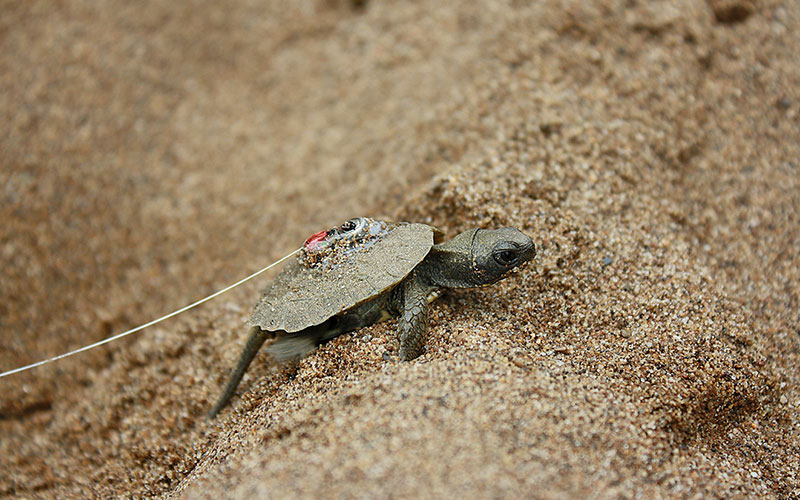Wood turtles (Glyptemys insculpta) are the most terrestrial turtle found in Minnesota, placing them at a greater risk than their aquatic counterparts. Predators, habitat loss, road mortality and more have made them a threatened species in Minnesota. That’s why we’re testing conservation techniques to see how we can help this unique species!


